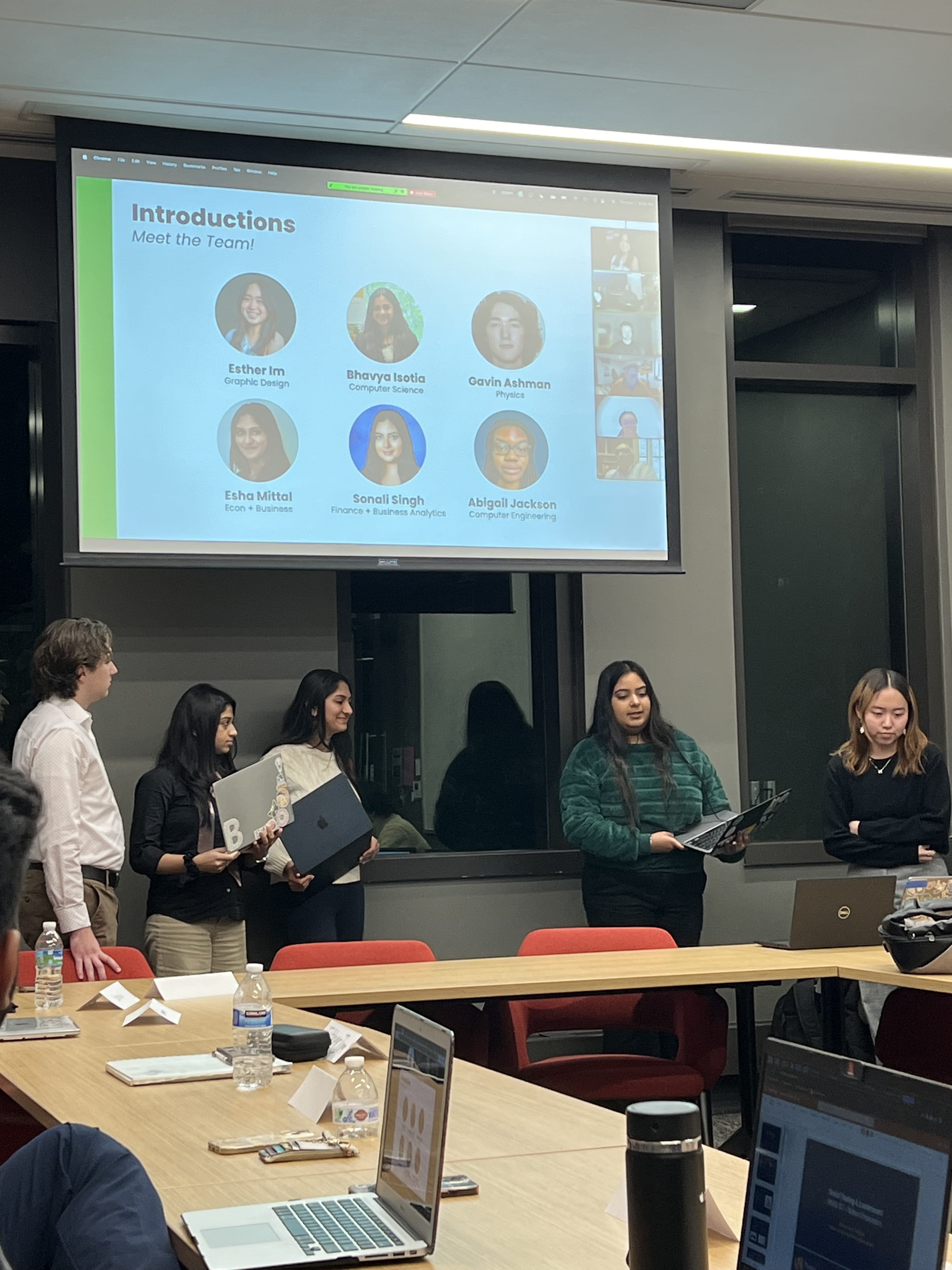
Students Create New App Prototype for Financial Giant
By Natalie Kostelni

After the first day of Jake Miller’s new special topics course, a collaboration between Drexel’s Innovation Engine and Fidelity Center for Applied Technology (FCAT), many students appeared bewildered.
Their task over the fall term was to explore ways in which Millennials and Gen Z investors engage with their financial data. FCAT, the research and development arm of Fidelity Investments, creates and explores various technologies to prepare for the next generation of financial services.
“The biggest challenge I had was feeling like I had imposter syndrome,” said Esther Im, a second-year graphic design major. “It felt like this was a computer science class and all I was thinking is that I almost failed all of my computer science classes in high school.”
Im and her fellow students persevered. At a final meeting before FCAT executives at the end of the term, students presented their ideas of using Discord, an instant messaging platform, along with a leaderboard to encourage a younger generation to engage in conversations with one another about investing concepts.
The executives were wowed.
“I think this is a critical piece in where we want to go in 2024,” said Jorge Nario, head of FCAT, after the presentation. “I personally love this [work]. I’m dying to be able to productionalize this, so we can start bragging about it.”
This was the first time the Fidelity affiliate collaborated on a course with Drexel. The FCAT team presented a challenge for the students in what Miller described as a classic “wicked problem.” The Honors course was offered through the Pennoni Honors College.
While initially intimidated, students broke into teams and took an interdisciplinary approach. The mix of majors in the class — among them biomedical engineering, computer science, design, finance — ended up being their secret power.
“They thought about it in a fundamentally different way and that, at the core, is why they were successful,” Miller said. “It was an interdisciplinary team with broad viewpoints, and they blew them away.”
Hannah Teson, a fifth-year biomedical engineering major, served as project manager for her team called Spicy Portfolio, which found working on a real-world problem with students who had a variety of backgrounds invigorating. “The reason we were so successful is that we were so diverse,” she said. “This gave people lots of opportunities to try new things.”
Caleb Kim, a fourth-year student majoring in entrepreneurship and innovation, has found he learns best in project-based courses like this and was attracted to the idea of working with an external stakeholder.
“I learn best by having an actual experience,” he said. “I can learn in a lecture and learn concepts, but I’m not retaining that information unless I’m putting it into application,” he said. “Teamwork was one of the biggest things I took away from this class. We had to learn everyone’s strengths, set timelines, communicate with each other. It was also great to learn about the Agile development process and use it.”
Im agreed and recommends all students seek out classes at Drexel that involve external partners. “It’s a great experience, and I think everyone should have that experience during college,” she said.